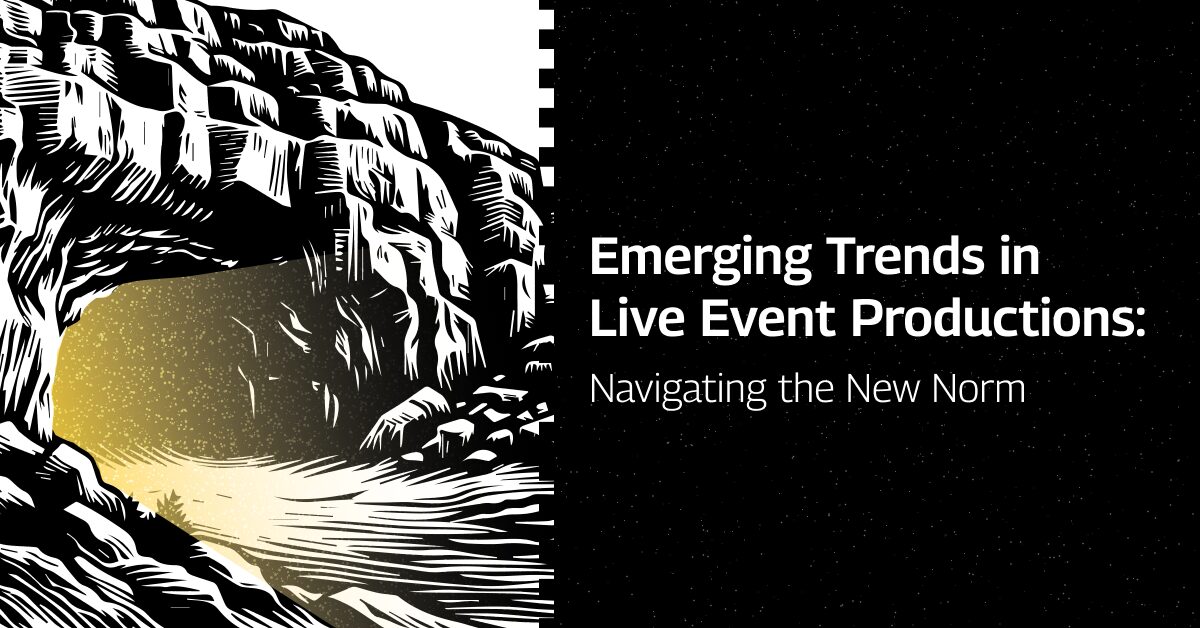Within the past times, digital VR has emerged as powerful tool for enhancing audience involvement in real-time performances. This innovation enables viewers to submerge oneself in a three-dimensional setting, creating a unique experience that conventional formats cannot easily replicate. Through utilizing VR, creators can move viewers into the core of the action, causing them feel as if they are part of the performance. This innovative approach not just enchants viewers but also opens up new possibilities for storytelling and interaction.
One of the key benefits of using VR in real-time performances is the capability to create a more interactive experience. Audiences can engage with the performance in the moment, influencing the outcome or exploring different perspectives. For example, in a theater production, viewers wearing VR headsets can choose to follow specific roles or segments, enabling them to customize their encounter. This level of interactivity fosters a more profound bond between the viewers and the show, rendering it even memorable and significant.
Additionally, VR technology can improve the visual and auditory elements of a live production. With top-notch visuals and sound engineering, creators can build breathtaking settings that attract audiences in. This engaging quality can raise the overall experience, rendering it even more captivating and pleasurable. For example, a musical performance can be converted into a multi-sensory experience, where fans experience as if published here they are standing in front with the performers. Such enhancements not just attract larger audiences but also encourage repeat attendance, as viewers seek to relive the excitement.

Alongside enhancing viewer involvement, VR can also offer insightful data for creators. Through examining how audiences engage with the digital setting, creators can gather data on audience preferences and behaviors. This information can inform future productions, assisting to customize material to more effectively satisfy the demands and wants of the audience. As a result, VR not only enhances the current experience but also contributes to the evolution of real-time performances as a complete entity.
With the advancements progressing to advance, the potential for VR in live productions is immense. From stage shows and musical events to sports events and festivals, the possibilities are limitless. Through adopting this cutting-edge approach, producers can revolutionize the way audiences engage with real-time entertainment. As an increasing number of producers investigate the integration of VR, it is likely that we will see a change in how shows are crafted and delivered, ultimately leading to a greater immersive and participatory future for live performances.